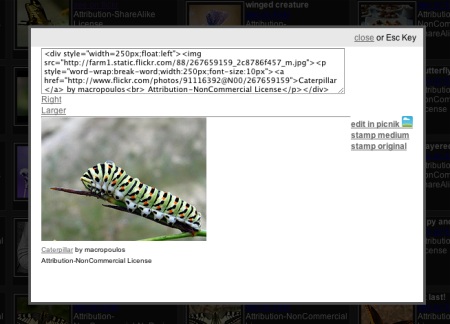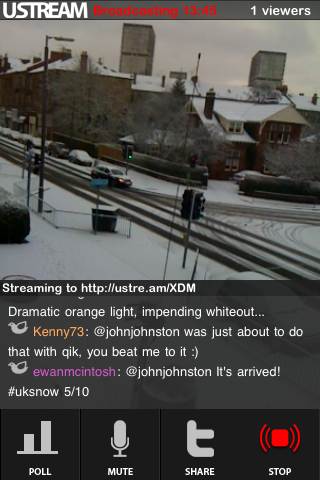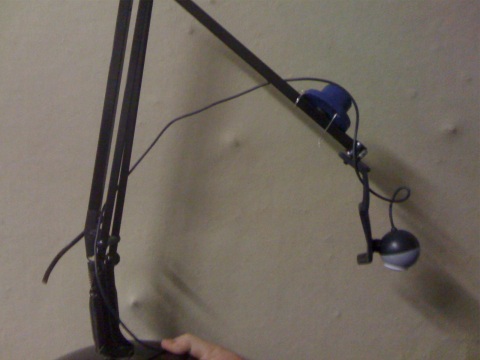I usually (well for the past 3 years) do an end of year post reviewing the year. This year I have been looking back over the last 10 years of using technology in education. I spent the first 9 of those years at Sandaig Primary in Glasgow.
![]()
At the start of this decade I had only been using computers in the classroom for 5 years. Most of my ict interests centred round HyperCard. We had as far as remember 3-4 apple macs in school, a couple of LCs a LC 475 and a color classic (the HT’s). My interest in HyperCard had lead me to the HyperCard mailing list which was the first example of online sharing of information I became involved in. I was lucky the HC list was a very friendly place for all levels of user.
Making worksheets, due to my appalling handwriting and spelling along with the instant facination with HyperCard were the reasons I bough my first computer in the mid nineties.
2000
By 2000 I had explored using HyperCard to create a few applications for teaching and learning, including maths worksheet maker and a logo type application where the pupils steered a robot round a maze they had designed. Unfortunately I was not aware of all the work in Scottish education already done with HC and mostly ploughed my own furrow. At this time I was mostly interested in producing games and quizzes for pupils rather than encouraging them to produce their own material . We did however make an interactive HyperCard tour of the school in 1998:
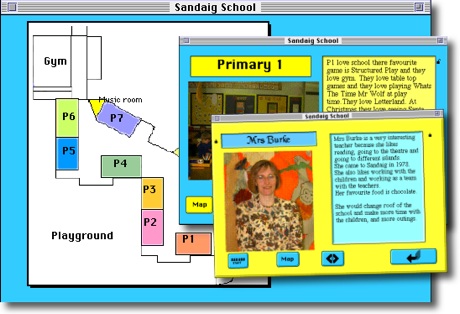
The pupils taking photos with our QuickTake camera and adding them to the HyperCard stack along with text.I remember being really excited with the QuickTake and its 640 x 480 pixel photos!
2001
![]()
By 2001 HyperCard lead me to try to sell shareware and learn a bit of html: LittleFish Software (courtesy of web.archive.org 2001) I never did make much money but I had a lot of fun and though a lot about pupils using computers.
I also had learnt that the best way to teach children how to use computers was often to teach one or two and let them cascade to the rest of the class.
I had also started teaching primary 6 to use Flash: example of bats we had a page on AOL where children’s work was displayed (2m limit) very few of the children had access to the web at home but it seemed like a good idea to share some work. I had not discovered blogging but had made some simple SuperCard projects that the pupils used to produce webpages mixing pictures and photos for example: weetom@Sandaig
2002
![]()
In 2002 I was lucky enough to join the Masterclass project. This was run by LTS and tool 600 teachers from across Scotland gave them laptops and a week residential training in ICT. There was further support online and funding via the local authorities.
Masterclass turned out to be one the the best things I’ve ever done CPD wise, not so much from the content of the courses (though there was nothing wrong with them) but the chance to meet and network with teachers making links that have lasted. In addition to the laptop LTS distributed funds to Local Authorities, Glasgow gave me a Digital video Camera and, more importantly, some training. I was still using the camera with pupils when I left Sandaig. We were also allowed to bid for funds from the local masterClass pot, I got some to cover a video project and bought an iBook which again did a power of work over the years. Later on I also got a IP video conferencing unit which allowed us to video conference with local schools and our Dutch Partner school in Holland.

2002 marked my entry into the blogosphere first with pitas and then pivot: Bad Poet On the pitas blog I mention NetNewsWire lite, so I must have been reading RSS by then. I also made an attempt at making my own blog software a combination of SuperCard on the desktop and flash on the web, screenshot so i must have been quite excited about blogging.
2003
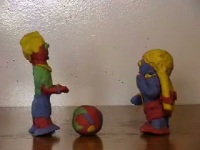
In 2003 (or 4 memory is not to good) I (or rather my pupils ) made their first stop motion animation (with the masterclass video camera): On The Beach, I love the warning i wrote then: On The Beach 320×240 3.2MB you need Broadband or a lot of patience for this one.
We continued using Flash in the classroom and over the years with after school clubs.
I am still convinced that children working together with simple (stop motion) or complex (Flash) tools is a valuable activity, not just for the fun and end result but more importantly for the communal problems solving.

2003 also marked my only foray into the world of paid for flash development, I created a cloze procedure creation and quiz system for Lanoweb which is still on the web at LanguagePlanet.Net.
2004

2004 was the year we started blogging at Sandaig Otters, I’d been using blogging tools myself since 2002 and at the start of 2004 I though it might be an idea to try out blogging without out much of a plan Sandaig Otters » Welcome to our weblog:
A weblog can be all sorts of things, this one is going to start as a diary and link list by staff and pupils of Sandaig Primary. We will find out what to put on it as we go along.
Looking back at the first few months on the blog I am struck by the small size and lack of images (due to bandwidth concerns) and by the fact by the time I finished at Sandaig we were still finding out what to put on it as we go along.
2004 was also the year we started podcasting I just covered that in my previous post: TeachMeet Mobile – Classroom Podcasting, I also posted my first photos to flickr which involved one of our first Video conferences in class.
By halfway though the decade I think we had come a long way, from making worksheets and drill and practise application in isolation to being part of a community, and having pupils publish digital media straight to the web, these two themes developed exponentially in the rest of the decade which I’ll cover in the next post.

